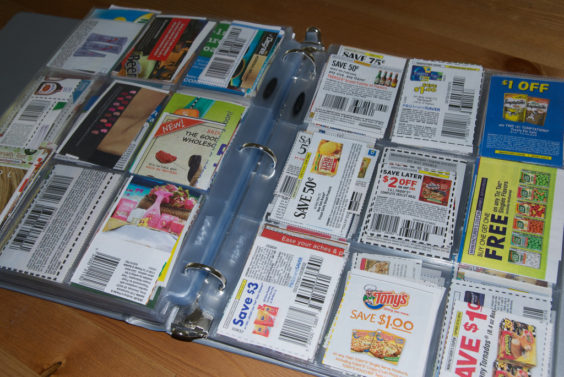
Every time you turn around, it seems someone is predicting the end of good old-fashioned paper coupons. Most are – surprise! – digital coupon companies, many of them startups promising to revolutionize the industry. So it serves their purpose to declare the paper coupon dead and buried. And some have done just that (read: “The Death of Coupons”).
But now a major supermarket chain is making the very same claim. And, unlike the bold statements made by self-interested startups, Safeway has some impressive numbers to back up its prediction.
“You would like to think that five years from now, digital coupons would represent 95% of the coupons out there,” Safeway CEO Steven Burd told investors earlier this week. “That certainly makes sense to me.”
In five years? Digital coupons have been around longer than that, and they’ve barely made a dent in paper coupon redemption rates. A recent report from NCH Marketing found that digital coupons represent only about 1% of all coupons offered and redeemed (read: “Couponers to Companies: Is That All You’ve Got?”). Digital coupons may be gaining in acceptance, but they have a very long way to go before they truly become the most common type of coupon.
But wait. Compared to that paltry 1% figure, the percentage of digital coupons used at Safeway is – in a word – astounding.
“30% of all coupons used at our stores are digital,” Safeway spokesperson Wendy Gutshall told Coupons in the News. Plus, “our share of digital coupons downloaded in the U.S. is seven times our grocery share.” In other words, out of all the groceries sold in the country, Safeway sells 6% of them. Out of all the digital coupons redeemed in the country, Safeway redeems some 40% of them.
“It’s off the charts,” Burd boasted to investors. “We’ve stopped all the clipping on Sunday, for a large number of people, in the Sunday paper.”
Safeway is big on digital. Burd hopes to save “several hundred million dollars” by doing away with printed ad circulars and making them digital instead (read: “The End of Supermarket Circulars?”). And the widespread use of digital coupons in its stores corresponds with the widespread acceptance of Safeway’s Just For U loyalty program. It’s just not clear whether that 30% digital coupon statistic represents a large proportion of Just For U members who otherwise wouldn’t use coupons at all, or if it means a large proportion of couponers are choosing to abandon paper coupons for Safeway’s digital offers.
The latter might seem unlikely. In general, couponers tend to be suspicious of, and unimpressed by, digital coupons. When the Texas-based chain H-E-B began introducing digital coupons earlier this year, customers complained that they didn’t really want them. And it certainly didn’t help that H-E-B did away with coupon stacking at the same time (read: “‘The Stack’ is Sacked, as H-E-B Goes Digital”). And as Florida-based Publix rolls out digital coupons chain-wide this month, some have offered a less-than-ringing endorsement. While there “are some pros” to the digital coupons, the Tampa Bay Times’ Susan Thurston wrote after trying them out, “the coupon selection is limited, you don’t know when new ones are posted, and there’s some duplication of traditional coupons you get in Sunday’s newspaper.” She says she clipped just nine of 100 digital coupons offered, and saved a grand total of $4.15 off her grocery bill.
In the past few weeks alone, Pennsylvania’s Weis and Virginia’s Food City have jumped onto the digital coupon bandwagon. And longtime digital coupon proponent Kroger just announced that it recently hit a milestone of 500 million digital coupons downloaded. So clearly there is plenty of demand for digital.
But 95% digital – in just five years? Don’t be so quick to count paper out. Printed coupons remain the cheapest and easiest way to get a discount offer in front of millions of customers at the same time. And serious couponers certainly prefer collecting stacks of paper coupons, versus downloading single-use digital coupons.
Couponers don’t get to decide what coupons are available, though. Companies and retailers do. And Safeway says its loyalty program members, and digital coupon users, spend more. So in the end, it may come down to not what customers want from their grocery stores – but what grocery store$ want from their customer$.











Something CEO fail to say, Digital Coupons will limit you coupon purchase. With paper coupons even Internet Printed coupons, you have no limit on items purchased especially on a good deal.